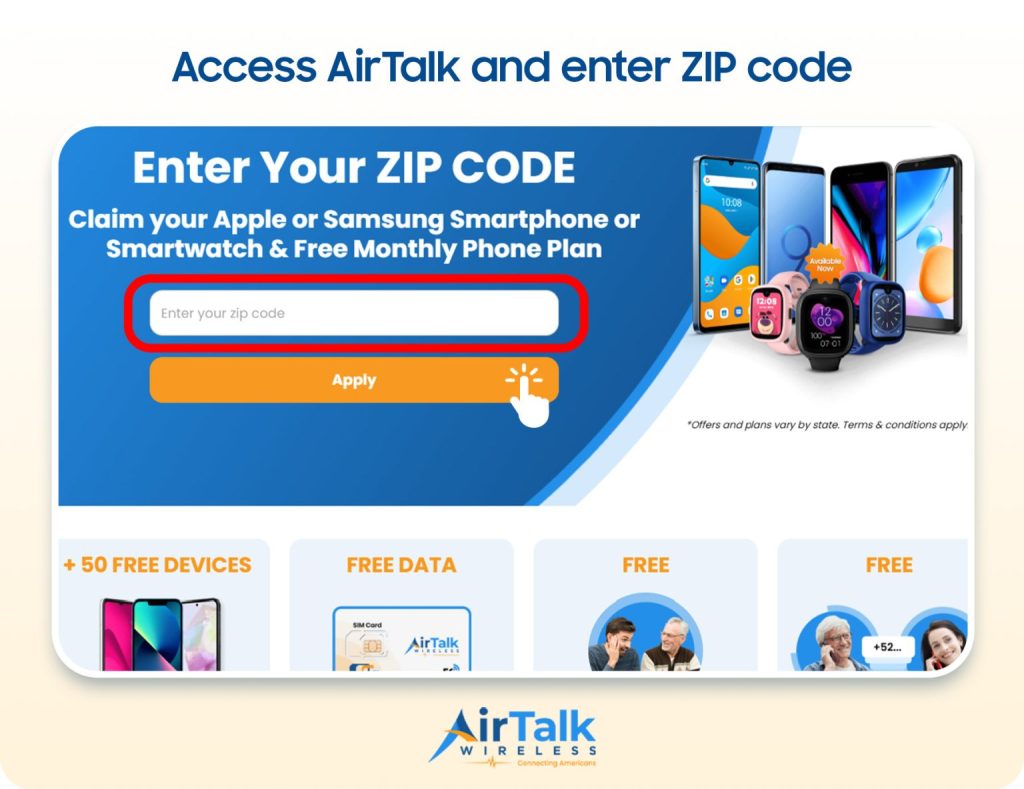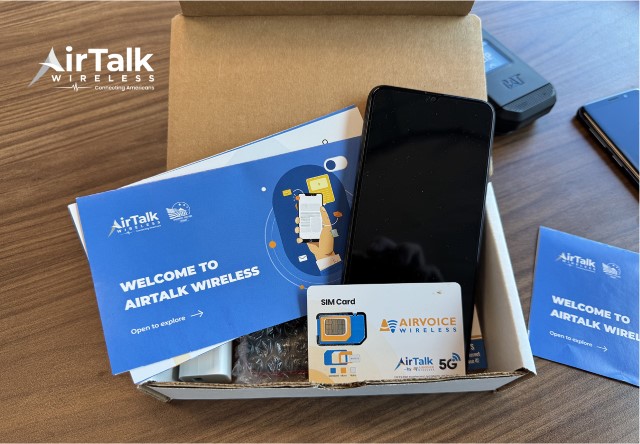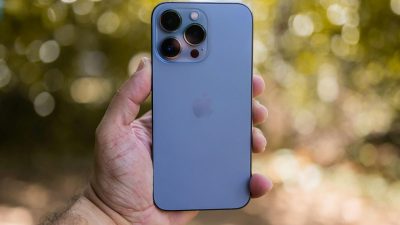Imagine signing up for health coverage and walking away with more than just medical benefits. That’s precisely what happens for many Californians who qualify for MediCal.
How does MediCal work, and why are so many people getting a free phone and tablet with their healthcare? This blog post will explain the basics of MediCal and reveal how you can take full advantage of the program.
What is MediCal?
MediCal is California’s Medicaid program, which aims to offer free or discounted healthcare to low-income people and households. It is funded by state and federal governments and provides a critical safety net for millions of Californians who do not have private health insurance.
Every state administers its own Medicaid program. Although states must follow some national Medicaid guidelines, they have some flexibility in managing their programs.

Medi-Cal has evolved and expanded its coverage over time. It now provides low-cost, comprehensive medical care to California residents. Furthermore, it provides a necessary safety net for people who might otherwise be unable to buy medical insurance.
>>> Read more: What Is Medicaid In California? Tips To Maximize Medicaid Benefits
How Does MediCal Work?
Medi-Cal offers essential health coverage for millions of low-income individuals. However, many people don’t realize that it also opens the door to valuable extras. Let’s figure out some key aspects of this program.
MediCal Services
California adapts the Medicaid framework to match the state’s specific requirements. If you wonder, “What does Medicaid cover in California?” see below:
Primary Medical Care
- Doctor visits
- Emergency services
- Diagnostic testing
- Surgery
- Prescription drugs
- Hospitalization
- Health screenings for kids
- Dental services
Ongoing Care & Recovery
- Personal care services (IHSS)
- Outpatient drug abuse services
- Occupational & physical therapy
- Adult day health care
- Nursing facility stays

Other medical-related costs
- Medical supplies
- Transportation to doctor visits
- Durable medical equipment
- Transportation costs for children with disabilities
Please note that, depending on your MediCal eligibility, the program may cover all or any of these services.
Eligibility Requirements
MediCal covers various people, focusing on those who require the most significant medical attention. Individuals mentioned below may be eligible for this program:
- Low-income adults and families with income below 138% of the Federal Poverty Level (FPL).
- 65 or older
- Under 21
- Disabled
- Blind
- Pregnant
- In a skilled nursing or intermediate care home
- On refugee status for a limited time, depending on how long you have been in the United States
- A parent or caretaker relative of an age-eligible child
- Have been screened for breast and/or cervical cancer (Breast and Cervical Cancer Treatment Program)
If you are participating in any of the following programs, you may also qualify for MediCal:
Application Methods
You can apply for the Medi-Cal program in California in 3 different ways:

- In person: Go to your county’s social services office. Then locate the nearest office for help.
- By mail: The Medi-Cal Single Streamlined Application is available in several languages.
- Online: You may apply through the Covered California website. It is a collaboration between Covered California and the Department of Health Care Services.
Medi Cal Renewal
Medi-Cal renewals occur throughout the year, on the anniversary of your membership. You may renew your Medi-Cal plan online by visiting www.BenefitsCal.com and following the instructions.
If any members of your family have Medi-Cal, they will get a Medi Cal renewal form from their local county human services agency. Fill out this form and send or fax it to your county’s human services office, along with any other information requested.
Alternatively, you can renew by going to your county’s human services office or contacting the number on the renewal notice.
Distinguish Medi-Cal vs Medicare
Both MediCal and Medicare are critical government-run initiatives that provide health care coverage to many segments of the American population.
MediCal is California’s state-run Medicaid program that pays for various medical services for low-income children and adults.
On the other hand, Medicare is a federally funded insurance program available to people over the age of 65. It does not cover all expenses, so you may consider other Medicare-related insurance products.
Below are the key differences between Medicare vs MediCal:
| Aspects | MediCal | Medicare |
| Administration | The California Department of Health Care Services | The Centers for Medicare & Medicaid Services |
| Eligibility | Income and family size, with specific thresholds | Primarily age-based |
| Services | Physician visits, specialist care, dental care, home health care, etc. | Inpatient medical costs, prescription drug costs, preventative care, etc. |
| Coverage scope | Vary based on California’s state policies. | Uniform throughout the states. |
Tips to Maximize MediCal Benefits with AirTalk Wireless
Now you know how does MediCal work in California. But did you know that as a Medi-Cal recipient, you are automatically eligible for the Lifeline program?
It is a federal aid program that helps improve low-income families’ access to telecommunications services. The program offers several valuable benefits, including:
- Discounts on phone and internet services can total up to $9.25 per month.
- Individuals living on tribal lands receive an extra monthly discount of up to $34.25.
- Lifeline-approved providers like AirTalk Wireless, TAG Mobile, etc, will deliver free devices such as tablets and phones to qualified participants.
Applying for a free government MediCal phone through AirTalk Wireless is straightforward. Follow these easy steps to finish your registration smoothly:
- Step 1: Head to the AirTalk Wireless website and input your ZIP code in California

- Step 2: Pick a Lifeline plan that fits your needs.
- Step 3: Browse and choose a MediCal free phone. You can also consider a tablet, smartwatch, or a device bundle from well-known brands like Apple, Samsung, etc.
- Step 4: Provide the necessary documents if needed (you might be auto-verified and skip this step).
- Step 5: Complete the application and wait for approval confirmation. It may take several days.

>>> Also read: A Guide To Free Tablet With MediCal: The Latest Application Process
Conclusion
So, how does MediCal work? It’s more than just health coverage—it is a gateway to essential services that can improve your quality of life.
If you are eligible, you may also qualify for a free phone and tablet through government programs linked to MediCal. Visit AirTalk Wireless today to get more value from your MediCal coverage!
Frequently Asked Questions
Does Medi-Cal cover dental implants?
Medi-Cal does not cover dental implants. However, they are still possible if the implants are required because of an accident or a medical condition.
Can I have Medi-Cal and private insurance?
Yes, you can have both MediCal and private insurance. MediCal acts as the secondary payer and may cover services or costs not fully covered by your private insurance, such as copayments or deductibles.
Can Medi-Cal take my inheritance?
Medi-Cal does not take your inheritance directly. Nevertheless, it may affect your qualification if the inheritance increases your income or assets above the program limits.
Does Medi-Cal cover glasses for adults?
The MediCal Vision Plan provides eyeglasses for everyone under 21 and those in nursing facilities. This benefit also includes a routine eye exam to examine eye health and determine an eyeglass prescription. Contact lens testing may be covered if wearing glasses is impossible owing to an eye condition or disease.




